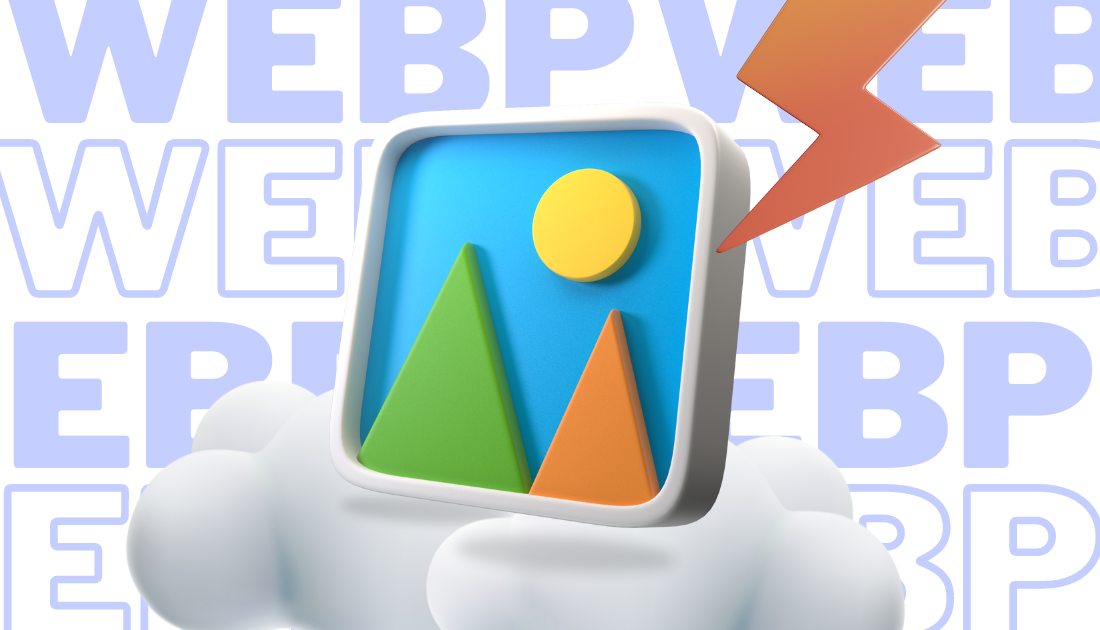Introduction:
In the dynamic world of online content, optimizing images for web usage is crucial for a seamless user experience. One revolutionary image format that has gained significant traction in recent years is WebP. In this article, we will explore the basics of the WebP image format, understand its importance in the online realm, and introduce an easy solution for converting images to WebP format using the website jpgtopngconverter.com.
Understanding WebP:
WebP is an image format developed by Google that provides both lossless and lossy compression. It stands out for its ability to deliver high-quality images with smaller file sizes compared to traditional formats like JPEG and PNG. This compression efficiency is achieved through advanced compression techniques, making WebP an ideal choice for websites aiming to enhance loading speeds and reduce bandwidth consumption.
Key Advantages of WebP:
- Smaller File Sizes: WebP typically achieves 25-35% smaller file sizes compared to JPEG and PNG, ensuring faster loading times for web pages. This is particularly crucial for mobile users and those with slower internet connections.
- Lossless and Lossy Compression: WebP supports both lossless and lossy compression, giving web developers the flexibility to choose the right compression method based on their specific needs. Lossy compression is suitable for photographs and images where slight quality loss is acceptable, while lossless compression is ideal for graphics and logos that require pixel-perfect precision.
- Transparency Support: WebP supports alpha channel transparency, making it a suitable replacement for PNG images. This is especially beneficial for images with complex backgrounds or irregular shapes.
- Animation Support: WebP also supports animated images, providing a versatile solution for web developers who want to incorporate dynamic visual elements without compromising on performance.
Why Use WebP for Online Images:
- Improved Website Performance: The smaller file sizes of WebP images contribute to faster loading times, resulting in a better overall user experience. This is particularly important for retaining visitors and improving search engine rankings.
- Bandwidth Savings: Websites using WebP images consume less bandwidth, reducing the costs associated with data transfer and hosting. This is especially advantageous for websites with high traffic volumes.
- Cross-Browser Compatibility: While WebP may not be universally supported by all browsers, major ones like Chrome, Firefox, and Microsoft Edge do support it. Web developers can implement fallback strategies to ensure a graceful degradation of image quality for non-supporting browsers.
Converting Images to WebP with jpgtopngconverter.com:
To streamline the process of converting images to WebP format, the website jpgtopngconverter.com offers a user-friendly solution. Here’s how you can easily convert your images:
- Visit jpgtopngconverter.com: Navigate to the website to this tool.
- Upload Your Image: Use the provided upload feature to select and upload the image you want to convert.
- Convert and Download: Click the “Convert” button to initiate the conversion process. Once complete, download the converted WebP image.
That’s it!
Conclusion:
In conclusion, the WebP image format represents a significant advancement in the world of online image optimization. Its ability to deliver high-quality images with reduced file sizes makes it an invaluable tool for web developers looking to enhance website performance. With the user-friendly conversion solution offered by jpgtopngconverter.com, transitioning to WebP becomes a seamless process, ensuring that your online content remains visually appealing while optimizing for speed and efficiency.
